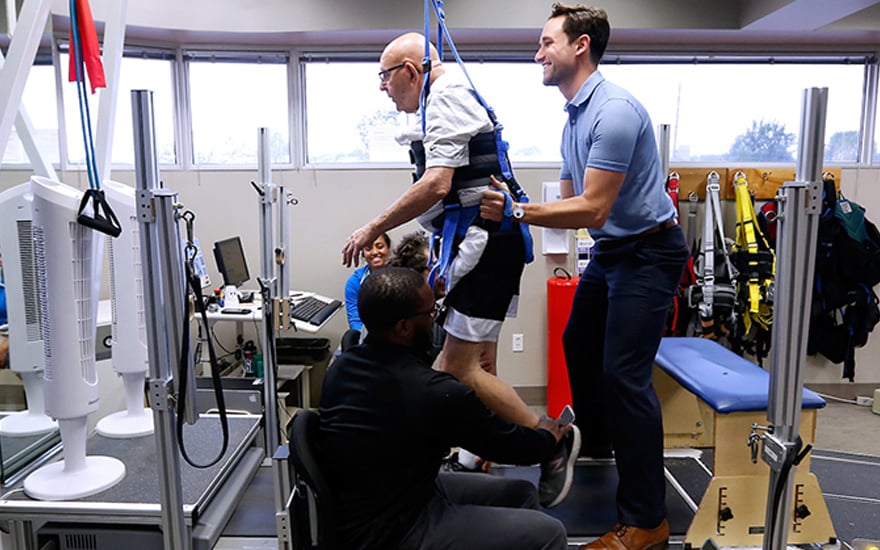The Crucial Effect of Resistance Training on Improving Rehabilitation and Performance in Athletic Rehabilitation
The Crucial Effect of Resistance Training on Improving Rehabilitation and Performance in Athletic Rehabilitation
Blog Article
Strength training holds a crucial role in athletic rehabilitation, assisting athletes recover from traumas and improve their general performance. When an individual sustains injured, their physique needs period to heal. However, during this rehabilitation period, it is crucial to preserve strength and flexibility to prevent additional injuries. Resistance training can be customized to suit the needs of each individual, focusing on particular muscle areas that may have been impacted by the injury. This targeted method not only aids in rehabilitation but also prepares the individual to come back to their activity stronger than previously.
One of the primary advantages of strength conditioning in rehabilitation is its capability to enhance muscle strength and stamina. When muscles are more powerful, they can better stabilize joints and minimize the risk of recurrence of injury. For example, an individual recovering from a leg trauma can gain from workouts that strengthen the thigh muscles and hamstrings. These muscular tissues play a vital part in supporting the knee articulation. By incorporating resistance training into their recovery program, individuals can regain their power more efficiently and safely.
In furthermore to developing strength, resistance training also enhances flexibility and scope of motion. Many traumas can result to stiffness in the injured area, causing it difficult for individuals to move easily. Resistance training workouts often involve extending and elongating the muscles, which can assist restore flexibility. For example, rehabilitation for sports-related tendinitis incorporating weight bands or dumbbells into stretching routines can enhance the effectiveness of these workouts. As flexibility improves, individuals can perform actions more effectively, which is essential for peak performance in their activity.
Another important aspect of strength training in athletic recovery is its beneficial effect on mental health. Recovering from an trauma can be a difficult and exasperating process for athletes. Engaging in strength training can offer a feeling of accomplishment and boost confidence. As individuals see gains in their power and abilities, they may feel more driven to persist their recovery journey. This mental boost can be just as crucial as the bodily benefits, as a positive attitude can result to better outcomes in rehabilitation.
Finally, resistance conditioning can help athletes move back to their activity more smoothly. Once they have regained their strength and mobility, individuals need to rehearse activity-specific movements to ensure they are prepared for contests. Strength conditioning can be combined with sport-specific drills to create a holistic recovery program. This combination allows individuals to not only recover but also enhance their capabilities. By concentrating on both rehabilitation and capabilities, strength conditioning becomes an crucial tool in the rehabilitation journey, helping athletes come back to their sport stronger and more durable.